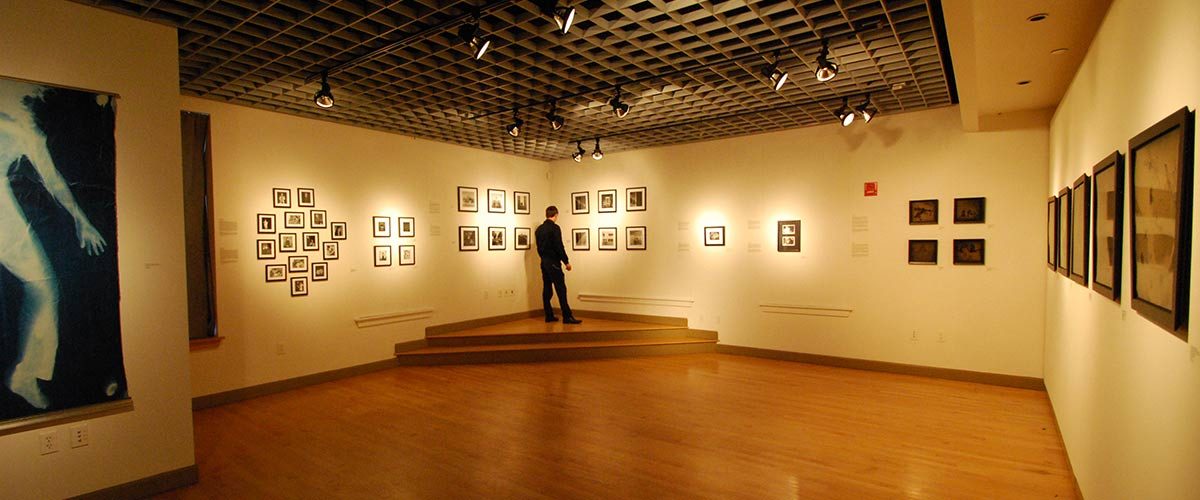
- On February 05, 2020
- In
Frequently Asked Questions: Villa Victoria Center for the Arts (VVCA)
With the new year upon us, we wanted to provide an important update on the status of the Villa Victoria Center for the Arts.
January/February 2020 Update
What has IBA done historically to maintain Villa Victoria Center for the Arts?
IBA has operated the building for more than 30 years as a multi-function community center with active daily programs for pre-school, youth and older community members, as well as robust Latino arts and cultural programming. Up until IBA was ordered to partially vacate the property, and eventually to vacate entirely, IBA relied on this property as the cornerstone site for its extensive non-residential programming. Since it acquired the building in 1980, IBA has invested several million dollars on interior and exterior maintenance and improvements, for example, sprinkler system, roof repairs, window replacement, reconfiguration of interior space in the parish house, handicap accessibility and waterproofing to enable the building to support those activities. In the 10 years prior to 2017, IBA invested nearly $1 million in these and other capital renovations and improvements.
More recently, IBA embarked on a two-phase program to substantially renovate and improve the building – Phase 1 was intended to secure the entire building envelope and Phase 2 was planned as an extensive interior modernization of the property. As Phase 1 got underway, IBA commenced preparing the applications for the project to be eligible for state and federal historic tax credits, and for the City’s Community Preservation Act (CPA) funds. IBA applied for $500,000 CPA funds in 2018, and the application was rejected.
The pattern of conduct IBA engaged in at this property demonstrates a conscientious, concentrated attempt to rehabilitate this property to historic standards. Only when it became apparent that the cost of the rehabilitation would be more than double the initial budget did IBA halt the work. By the time the building’s structural deficiencies were uncovered, IBA had invested $7 million dollars in the renovation process.
Why is IBA requesting a hardship waiver to demolish Villa Victoria Center for the Arts?
When conducting renovation work on VVCA’s exterior masonry, the engineering firm Gale Associates discovered structural deficiencies in the north wall and tower, including mortar washout and severe water damage to critical timber and steel beams. Simpson Gumpertz & Heger, an engineering firm hired to provide a second opinion, concurred with Gale Associates’ finding that it is not feasible to continue rehabilitation work on the property due to its current structural condition.
In line with this conclusion, the Inspectional Services Department (ISD) shortly afterward, in June of 2018, downgraded IBA’s certificate of occupancy to a partial and temporary one. In September of 2019, ISD, deeming the building as a threat to public safety, revoked even the partial certificate, ordering the entire building to be evacuated. Then ISD, in November and December 2019, issued Notices of Violation, ordering repair or demolition.
To move forward with a historic restoration would threaten the financial future of IBA and hinder our ability to support and expand our affordable housing mission, as well as impeding our efforts to continue to provide a wide range of critical services and programs to our residents and all community members in the South End. We are therefore requesting the careful removal of the building from the 85 West Newton Street site.
What does IBA envision for the future of Villa Victoria Center for the Arts?
Since IBA’s founding in 1968, we have made it part of our mission to preserve the diversity and vibrancy of the South End by ensuring that our neighborhood remains accessible, and benefits and serves every resident.
In place of the current building, we propose to build a community center with programming space that respects the past and anticipates the growing needs of our neighborhood and organization. By integrating architectural elements that reflect the neighborhood’s historic fabric, we envision a new VVCA that intertwines the shared heritages of the South End and Villa Victoria, as well as provides multipurpose arts and community spaces that empower all residents of the South End.
What will happen to IBA if South End Landmarks does not provide a waiver?
To prevent the further deterioration of VVCA, IBA must continue to pay regular maintenance and operating costs, which equal approximately $14,000 a month for an unsafe and unusable building. This sum does not account for programmatic losses associated with VVCA’s closure.
If IBA’s petition is unable to move forward, we will need to wait indefinitely until it is able to legally remove the building and replace it. This would unquestionably threaten IBA’s financial security and ability to provide crucial residential and community services.
...